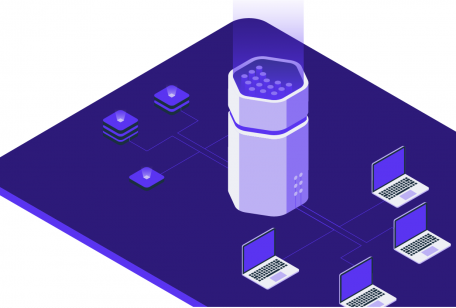
Joel Pacheco Gonçalves
In the field of Information Technology, redundancy is defined as “the inclusion of extra components that are not strictly necessary to functioning, in case of failure in other components”
In other words, what happens in case of failure? Your infrastructure keeps up and running because you rely on a diverse and redundant data center partner, or you face a power outage because your data center partner is not built on redundant systems.
Let’s talk about power redundancy.
Power components in a Data Center
There are several power components in a Data Center and every one of them is a point of failure, which can incur significant financial and data losses for your company. There’s a quick list of the components:
- Main Power Source of the facility
- Power Backup Generator
- Uninterruptible Power Supply, commonly known as UPS
- Power Distribution Unit or PDU
- Rack Power Distribution Unit
- The built-in power supply of the equipment (server, router, switch, etc.)
A Data Center must increase the reliability of these critical power components by implementing redundancy, in order to provide a high availability environment for your peace of mind.
Read more: More power for your peace of mind
Power Redundancy Levels
The principle of redundancy in automated systems is providing a switchover of functionality to a standby or backup component in case of failure of a primary component. This is supposed to occur automatically and an operator should not be required for the switchover.
There are several types of redundancy (N, N+1, 2N, 2[N+1]) that typically refer to the number of power and cooling components that comprise the data center infrastructure systems.
Let’s make it simple by pointing out some of the core concepts of them:
- N: Meets base load requirements with no redundancy. The failure of any component will cause an outage, this level of redundancy describes a Tier 1 type of facility
- N+1: One additional unit/module/path more than the base requirement; failure on a single unit will not disrupt operations
- 2N: Two complete units/modules/paths for everyone required for operation. Failure of one entire system will not disrupt operations or affect performance for dual-corded loads. Both N+1 and 2N represent increasing levels of redundancy and describe Tier 2 and Tier 3 type of facilities, roughly mapping to the Tier 4 kind of facilities
- 2(N+1): Two complete (N+1) units/modules/paths; failure of one entire system still leaves an entire system with redundancy (N+1) for dual-corded loads
If you are wondering about what those Tiers mean, it’s nothing but a classification system from The Uptime Institute that has become an industry standard approach to site infrastructure functionality. Data Center Tiers are used to represent levels of projected availability.
Understanding the risks and impacts of a power outage will help you look forward to finding better Data Center partners for taking care of your equipment and data.
Power outages in the United States
Power outages remain one of the top concerns for the data center industry. Whether you choose to build, buy, or colocate your infrastructure, understanding the impact of power reliability on your business is essential.
According to the latest Eaton Blackout Tracker Report, power outages, surges, and spikes resulted in an estimated $169 billion in economic losses across the U.S. in 2022. The scale of these losses varies widely by industry and business size. With 3,526 power outages reported in 2022, the U.S. experiences more blackouts than any other developed nation, underscoring the need for a robust and resilient data center infrastructure.
While power interruptions can lead to significant downtime and financial impact, partnering with a reliable data center mitigates these risks. Advances in standby power technology now allow businesses to maintain continuous operations even during power disturbances.
Downtime, not for MDC
At MDC Data Centers, we’ve invested in the latest standby power solutions to ensure seamless operation for our clients. Our generators are configured with industry-leading 2N redundancy standards, ensuring your critical operations stay online. With MDC, downtime is simply not an option.
Read more: Natural Gas generators are more reliable for disaster readiness








